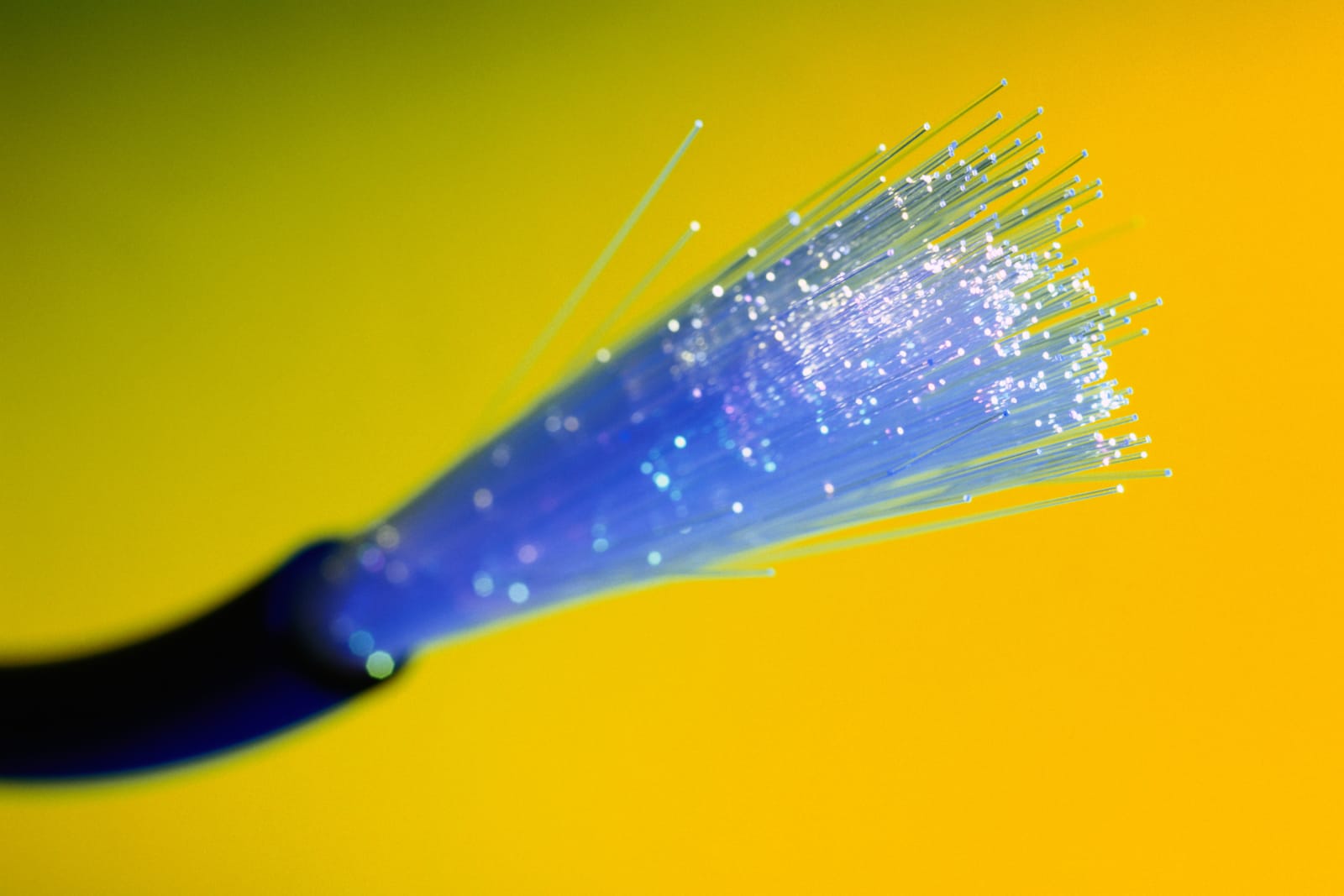Huawei and Vodafone Complete World's First 2 Tbit/s WDM Field Trial
Shenzhen, China, 24 January 2013:
Huawei, a leading global information and communications technology solutions provider, and Vodafone, one of the world's largest mobile communications companies, today announced the successful trial of 2 Tbit/s optical fiber transmission technologies on Vodafone's live network. The field trial achieved 2 Tbit/s transmission capabilities of over 3,325km. This provides a data highway capacity 20-times higher than current commercially deployed 100Gbit/s systems and has a speed equivalent to downloading 40 HD videos in one second. This marks an important step forward for optical transport technology advances beyond 100G.
Traffic on carrier backbone networks is growing exponentially, driving global momentum for commercial 100G deployments and attracting attention on optical transport beyond 100G. Riding on cutting-edge technologies such as flex oDSP, super SD-FEC, and flex modulation format, this field trial achieved a record-breaking transmission distance of 1,500 km using a super-channel PDM-16QAM-based high spectral efficiency solution, and a second record-breaking transmission distance of 3,325 km using a super-channel Nyquist PDM-QPSK-based ultra-long-haul solution. Both transmissions were on a link with G.652 fibers and erbium-doped fiber amplifiers (EDFAs) without electrical regeneration. The link used in the trial was on Vodafone's backbone network, passing through a few cities across middle and south Germany.
"We are at the forefront of global 100G deployments, and have taken the lead in delivering key breakthroughs in technologies beyond 100G. Through collaboration with Vodafone and other leading international operators and customer-centric R&D, Huawei is always ready to build advanced optical networks for customers," said Jack Wang, president of Huawei's transport network product line.
To help customers optimize their overall technical architecture and adopt next-generation transport networks, Huawei conducted the world's first 2T WDM field trial and pan- European 400G field trial in 2012, and also unveiled a series of scientific research achievements in optical transmission. According to Ovum, Huawei ranks No. 1 in the WDM/OTN, 40G, 100G, and global optical network markets, as of Q3 2012.
 Sure, researchers have been showing off terabit data speeds in fiber optics for years, but they've seldom been practical. That exotic technology may work over long distances, but it can quickly fall apart when you throw typical network loads in the m...
Sure, researchers have been showing off terabit data speeds in fiber optics for years, but they've seldom been practical. That exotic technology may work over long distances, but it can quickly fall apart when you throw typical network loads in the m...
 Sure, researchers have been showing off terabit data speeds in fiber optics for years, but they've seldom been practical. That exotic technology may work over long distances, but it can quickly fall apart when you throw typical network loads in the m...
Sure, researchers have been showing off terabit data speeds in fiber optics for years, but they've seldom been practical. That exotic technology may work over long distances, but it can quickly fall apart when you throw typical network loads in the m...



